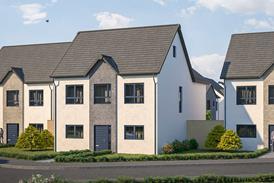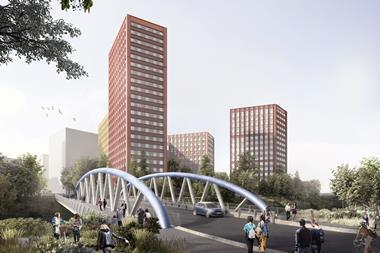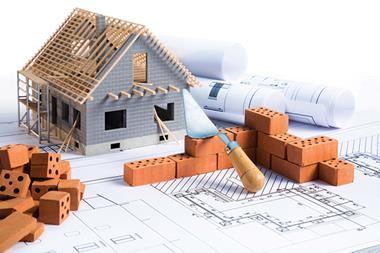One of the biggest shifts in recent years has been the surge of activism among younger voters. Some see this as a vital move to rebalance policymaking towards the young, but others see it as potentially wanting to drag us back to the 1970s.

While the 2017 ‘youthquake’ elections turned out to be a bit of fake news, the fashion for viewing everything through the lens of age is catching on. Housing and the growing pensions and social care crisis may now be pitching young people against their parents’ generation around the question of ‘who pays?’, but until we properly start considering how generations can live side by side, none of these wider problems can be tackled.
Multi-generational households – popular in countries such as Italy – are on the rise here and the advantages of clustering diverse ages, experiences and ideas together are tangible. Moving away from the physical segregation between young and old could offer huge societal benefits.
Purpose-designed, aspirational communities for older people – built in the centre of towns – could integrate facilities such as onsite healthcare with public amenities serving the wider community. People of all ages need healthcare and leisure facilities. And with the need to reinvent the high street, there’s a huge opportunity to get creative with real estate.
Retirement communities have previously been an unpalatable prospect for many, conjuring up images of musty and depressing rooms where people are dumped, rather than homes people enjoy. However, if you tackle the segregation head on, there is no reason why a purpose-built development couldn’t be a great option as people age.
Dutch housing maverick Dr Hans Becker is someone who implores the property industry to cater to people’s happiness as well as their physical needs. An onsite surgery is a practical addition but an onsite bar would cater to one’s enjoyment.
The ever-ingenious Dutch have run multiple initiatives in their cities where students take rooms in older people’s homes at a cheap rent in exchange for a few hours of companionship. Slowly this is transitioning to the UK – the Cambridge Hub offers PhD students a reduced rent for living alongside elderly residents.

Recently, Age UK published a report revealing that more than 1.2 million older people in England are persistently lonely. Equally, loneliness peaks in young adults. By housing them together in the same homes or communities, older and younger generations gain companionship, plus younger generations can live in much more space than the micro-flats the market offers.
Multi-generational homes are nothing new, but they are making a comeback and are expected to become much more common over the next decade. In the past, households with three or four generations under one roof were common. Many of our great country estates had dower houses in their grounds, the original downsizer option, where widows lived out their twilight years.
In many societies, multi-generational homes are the norm and are beneficial for all parties – grandparents can provide childcare for working parents, which also gives them the stimuli they need to feel young and active.
As architects, we have a duty to create and design aspirational homes where people want to live better lives. For older people, this might mean living more active, less lonely and generally happier lives rather than clinging on to a property that may become a burden.
A burgeoning and inspirational later-living sector will encourage older people to downsize, freeing up housing for younger people and helping to correct a dysfunctional housing market. Later living could represent not an end but rather a new beginning.
































No comments yet